I recently received an email looking for a positive ID on a wild herb growing in the Faroe Islands. Tom writes:
“Hey David The Good, you told me to send a photo of the mystery plant that smells like an anise. Well here is a photo of my anise: 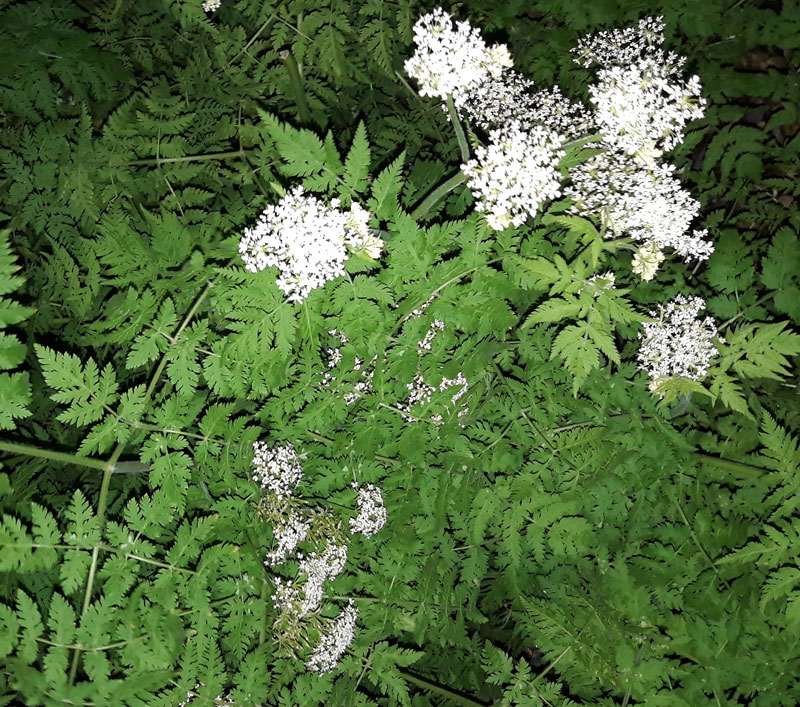
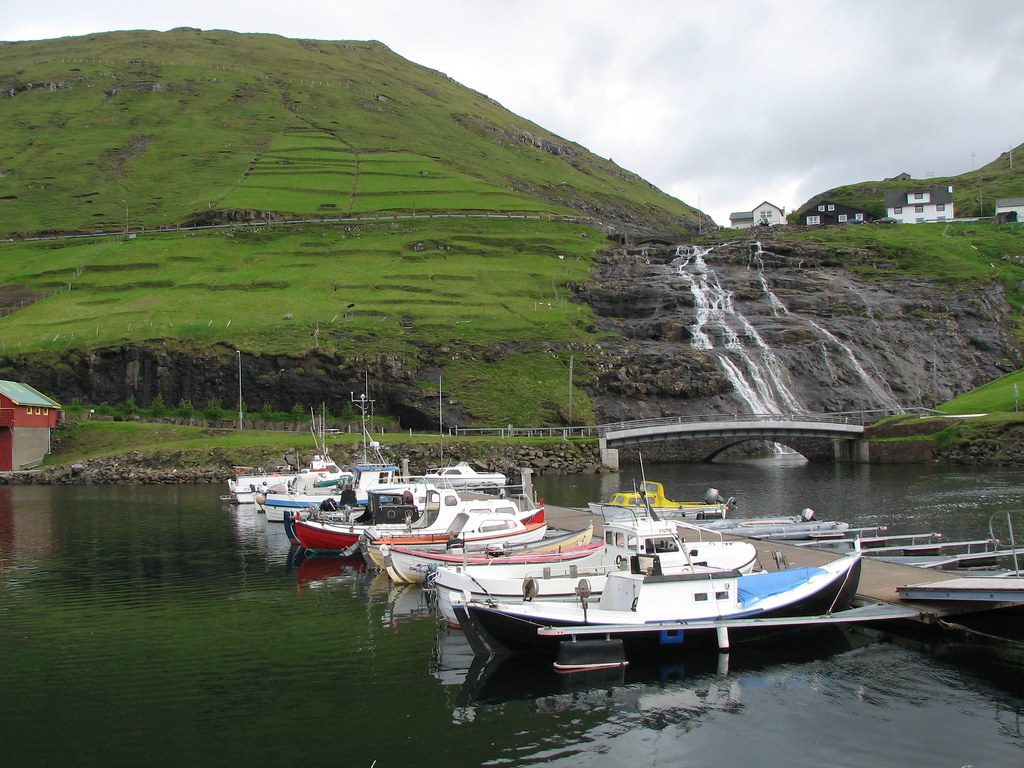 But with a little more searching, I pinned down Tom’s mystery plant as cicely, AKA Myrrhis odorata.
But with a little more searching, I pinned down Tom’s mystery plant as cicely, AKA Myrrhis odorata.
Sue “Bunny” Cotton writes on her blog in a post on Faroese herbs:
“The other surprise herb for me on the Faroes was Sweet Cicely, with its dainty, fresh green leaves and sweet smelling flowers. The whole plant is edible; the leaves are good in salads, with a fresh aniseedy / liquorice flavour, the roots can be used like parsnips, it is a good natural sweetener and combines especially well with rhubarb. Gerard, agreeing with Culpeper on it’s value for lifting the spirits, states that the roots, boiled and dressed with oil and vinegar are “…very good for old people that are dull and without courage; it rejoiceth and comforteth the heart and increaseth their lust and strength.” It is a key ingredient in Chartreuse liqueur.
Medicinally, it was, like Angelica, used as a plague herb. It has expectorant properties and is a mildly stimulating anti-spasmodic. Tea made from the leaves has been used to relieve period pains. The roots anti-septic properties, in a decoction, have been used for snake bites and as a poultice on septic wounds. the sweet smelling seeds can be chewed and were ground and added to beeswax polish for their perfume.”
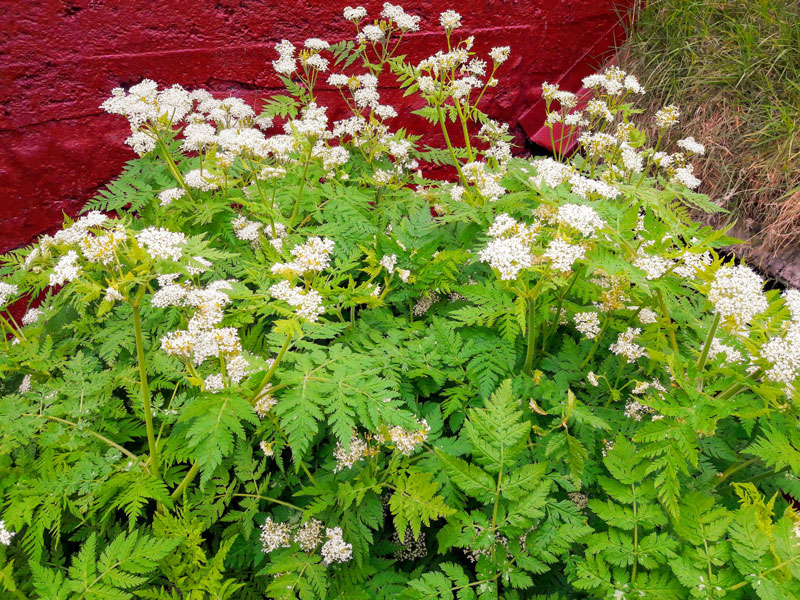
Cicely has a lot of uses and is quite common on the Faroe Islands. The islands are almost devoid of trees due to the sub-arctic climate yet cicely presses on.
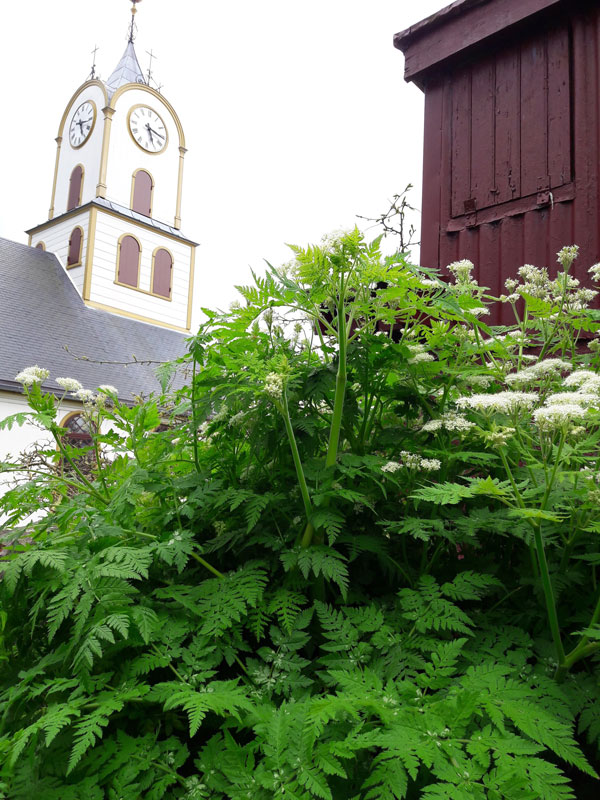
It’s always neat to discover a previously unknown edible wild plant. Good work, Tom.

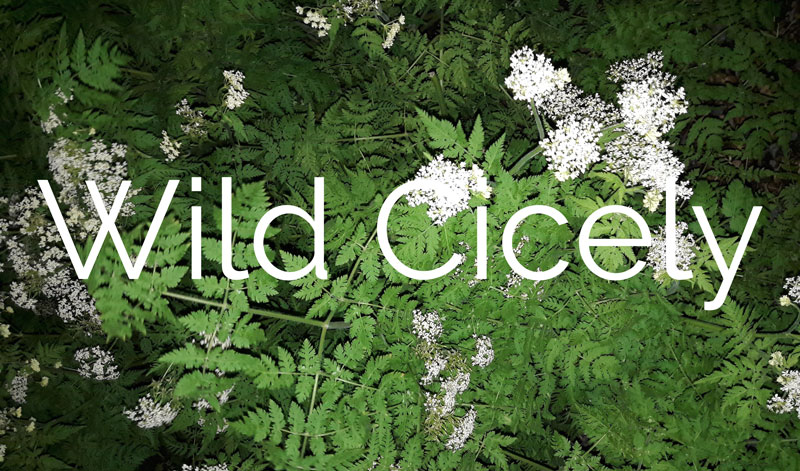
1 comment
Always thought that wild growing plant in my permaculture garden is a poison hemlock and was extremly careful with it expecially there is also similar looking chervil growing around it. But never figured out it could be cicely. Thanks for the article!
Comments are closed.